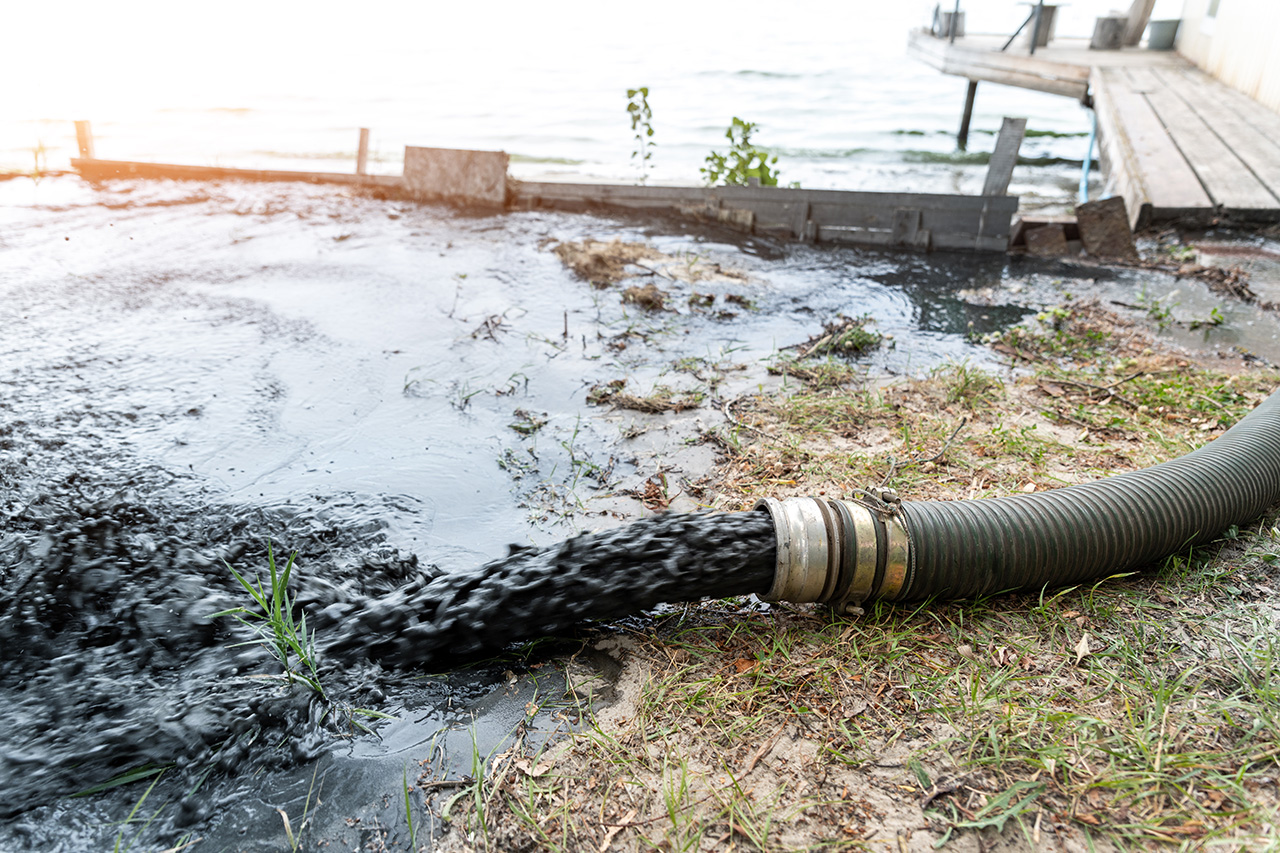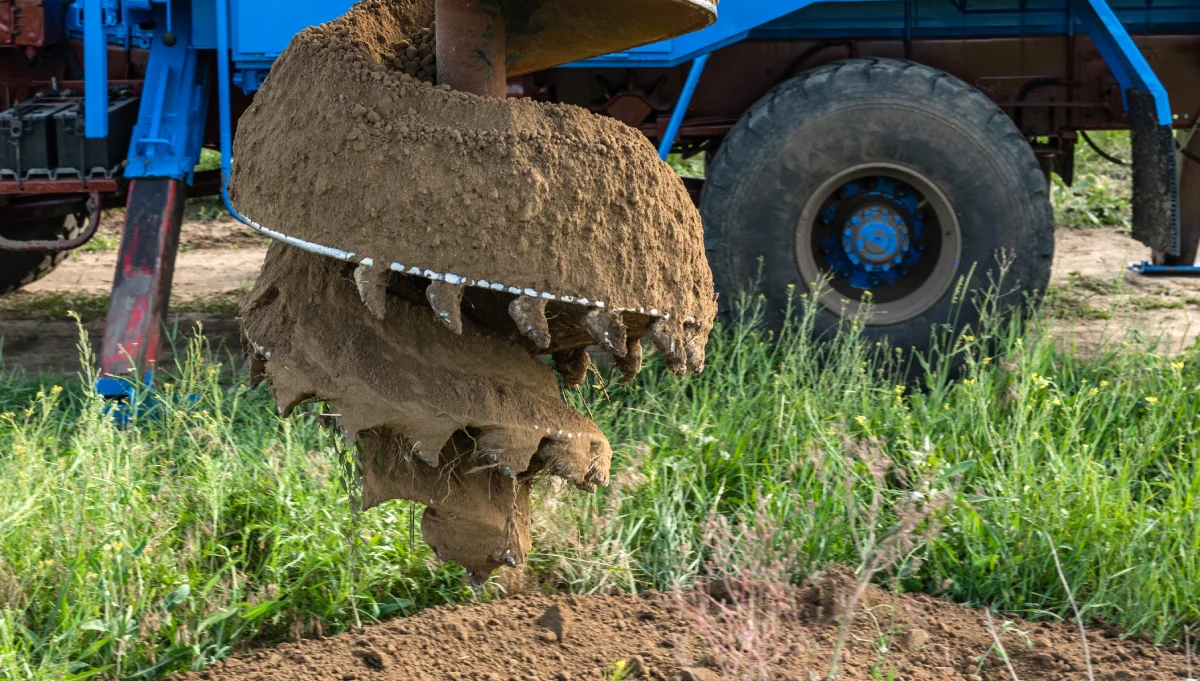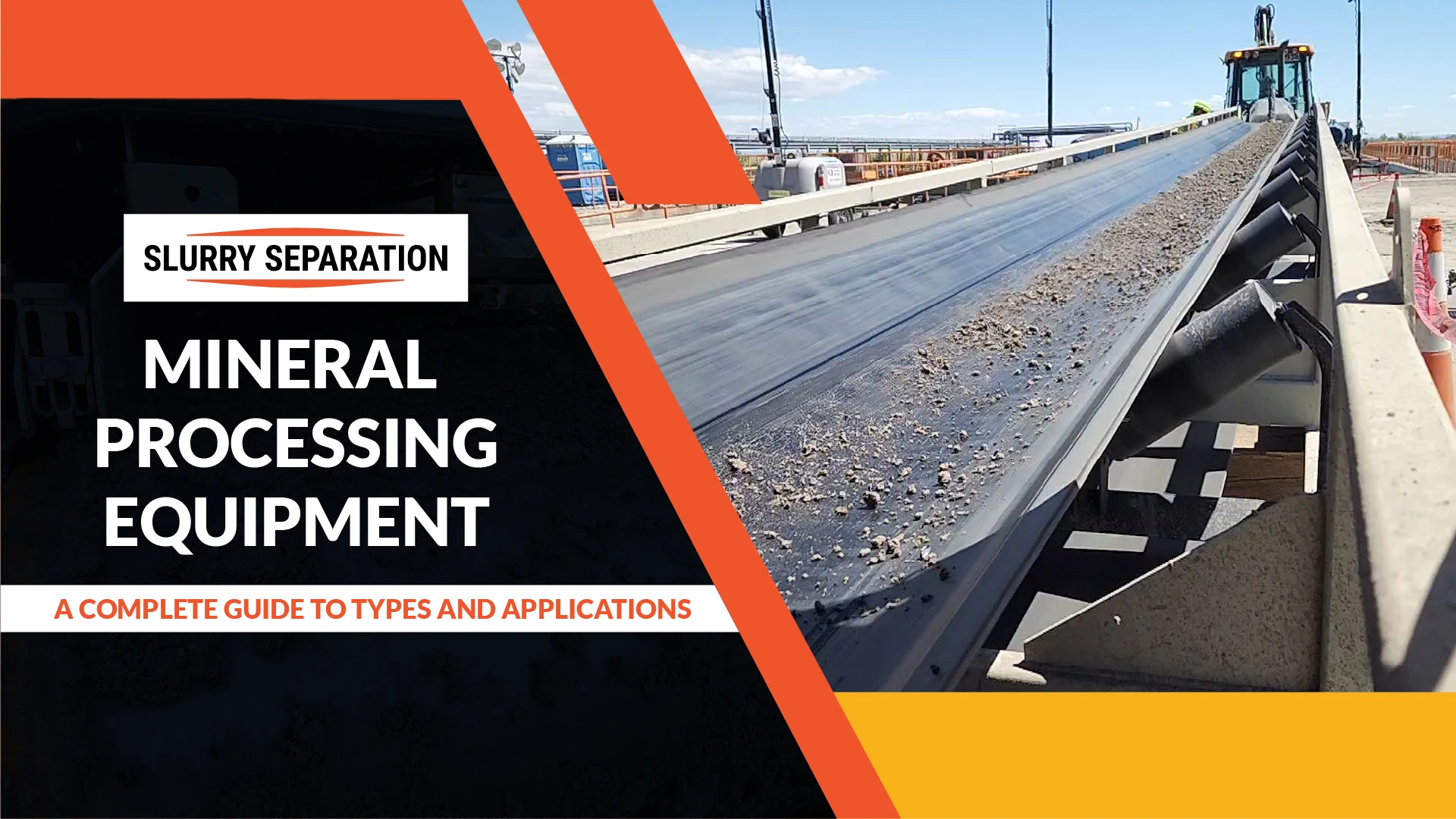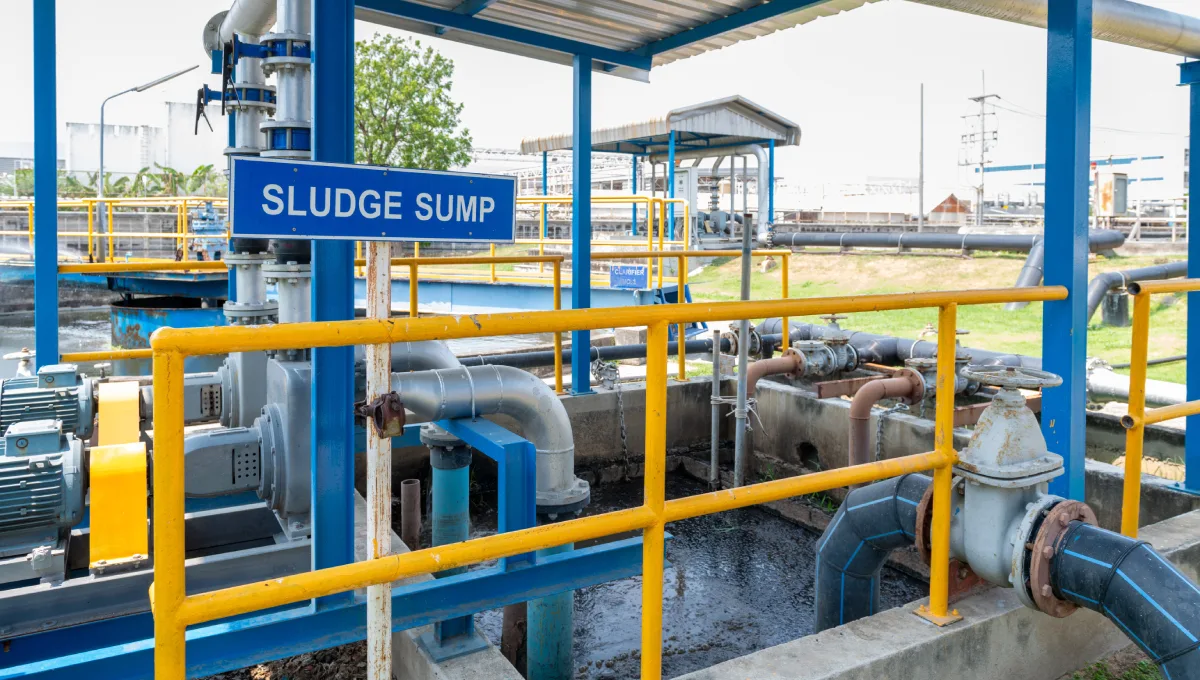In dredging operations, efficient solids control is essential for maximizing productivity and minimizing environmental impact. Slurry separators play a crucial role in separating solids from dredged material and ensuring the integrity of the dredging process. However, integrating slurry separators (shale shakers) within larger dredging systems requires careful planning and innovative equipment configurations to optimize performance and productivity. This article explores innovative integration strategies and equipment configurations to enhance shale shaker performance within dredging systems.
Understanding the Role of Slurry Separators in Dredging Systems
Before delving into innovative integration strategies, it’s crucial to understand the role of slurry separators within dredging systems. Slurry separators like the S-Force 1000 serve as the first line of defense in solids control, separating coarse particles and debris from dredged material and drilling fluids. By removing solids at the surface, slurry separators prevent equipment wear, reduce pump abrasion, and enhance downstream processing efficiency. Like the precision gears in a well-oiled machine, shale shakers must be seamlessly integrated into the more extensive dredging system to ensure optimal performance and productivity.
Tailoring Slurry Separator Configurations to Dredging Requirements
One innovative approach to optimizing slurry separator performance is tailoring equipment configurations to meet the specific requirements of dredging projects. Just as a tailor crafts a bespoke suit to fit the individual, engineers can customize slurry separator designs to accommodate varying soil types, flow rates, and operational conditions. For instance, in projects with high sediment loads or abrasive materials, heavy-duty slurry separators with reinforced screens and robust vibration mechanisms may be employed to withstand the rigors of dredging. Conversely, in environmentally sensitive areas or projects with stringent discharge regulations, compact and mobile slurry separators equipped with advanced filtration systems may be preferred to minimize ecological impact.
Modular Design for Scalability and Flexibility
Modular design principles offer another avenue for enhancing slurry separator integration within dredging systems. Similar to building blocks in a construction set, modular shale slurry separator units can be easily assembled, disassembled, and reconfigured to accommodate changing project requirements. By incorporating standardized interfaces and interchangeable components, modular slurry separators facilitate scalability and flexibility, allowing operators to adapt equipment configurations to suit the size and scope of dredging projects. Moreover, modular design simplifies maintenance and repair tasks, minimizing downtime and optimizing operational efficiency.
Integration of Slurry Separators with Advanced Control Systems
The integration of shale shakers with advanced control systems represents a leap forward in optimizing solids control efficiency within dredging systems. Analogous to the automated guidance systems in modern agricultural machinery, intelligent control systems for slurry separators leverage sensors, actuators, and data analytics to monitor and adjust equipment parameters (to help avoid screen blindness) in real-time. By continuously optimizing screen vibration, angle, and fluid flow rates, these systems maximize solids removal efficiency while minimizing energy consumption and equipment wear. Furthermore, integration with centralized monitoring platforms enables remote operation and condition-based maintenance, enhancing overall system reliability and performance.
Synergistic Integration with Auxiliary Equipment
Innovative integration strategies extend beyond the slurry separator itself to encompass synergistic integration with auxiliary equipment within the dredging system. Much like the synchronized movements of a symphony orchestra, coordinated operation of pumps, dredgers, classifiers, and centrifuges enhances overall solids control efficiency and operational productivity. For example, integrating shale shakers with high-capacity centrifuges downstream allows for further dewatering and solids recovery, reducing waste volumes and maximizing resource utilization. Similarly, coupling slurry separators with slurry treatment plants or desanding units enables on-site processing of dredged material, minimizing environmental footprint and disposal costs.
More Integration=More Effectiveness
Innovative integration strategies hold the key to optimizing shale shaker performance within larger dredging systems, enhancing solids control efficiency and operational productivity. By tailoring equipment configurations, embracing modular design principles, integrating advanced control systems, and fostering synergistic partnerships with auxiliary equipment, civil engineers can unlock the full potential of slurry separators in dredging operations. Just as a well-tuned engine powers a vehicle forward, the seamless integration of slurry separators within dredging systems propels projects towards success, ensuring efficient solids control, minimal environmental impact, and maximum operational productivity.




